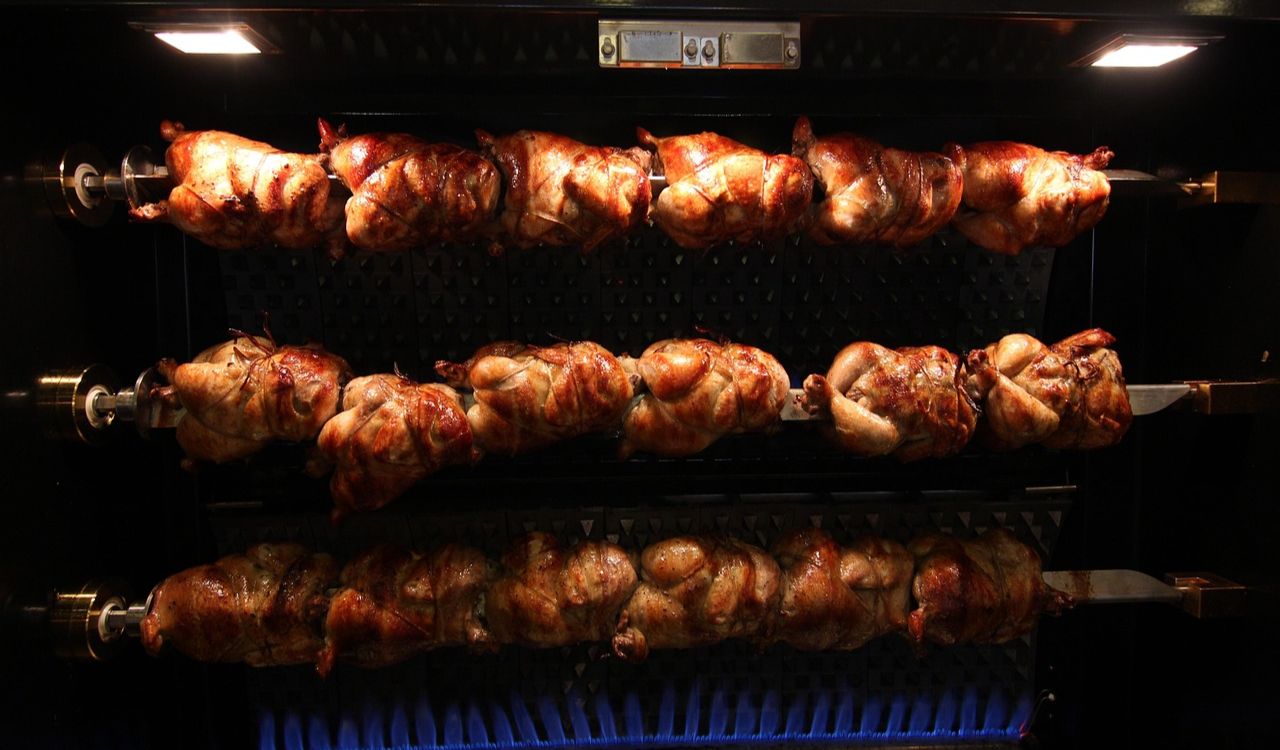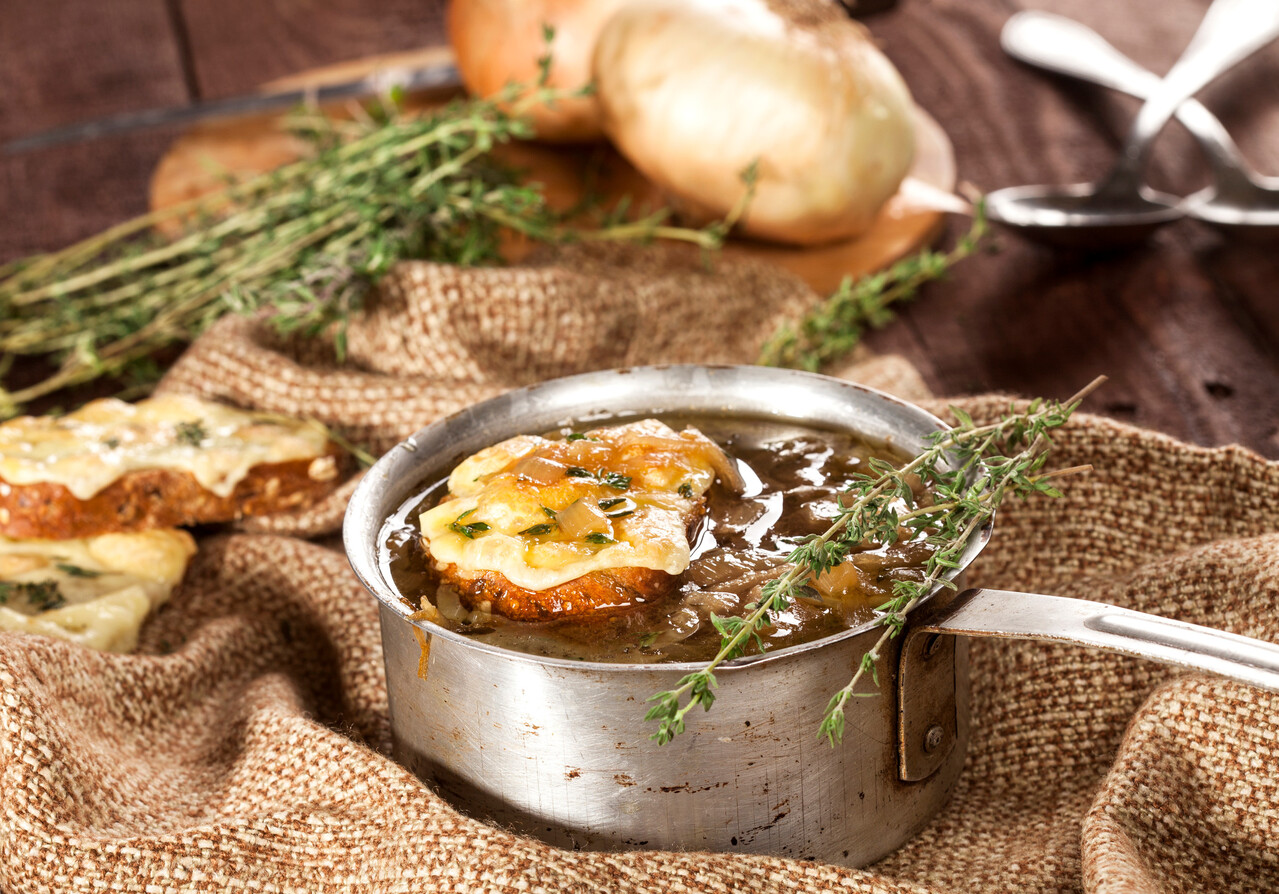11 US States That Eat the Most Fast Food

Fast food is a major part of American life, but some states rely on it more heavily than others. Analysts measure this by comparing restaurant density, the percentage of eateries that are fast food, and how much residents spend on quick meals. Based on composite data from culinary and consumer studies, Maryland tops the list with nearly half of its restaurants categorized as fast food. Nevada and Illinois follow closely, showing how convenience and lifestyle shape dining patterns across the nation.
1. Maryland

Maryland ranks first, with about 46.8 percent of its restaurants classified as fast food. The state also ranks among the top five for the number of fast food outlets per capita, averaging around 87 restaurants per 100,000 people. That means nearly one in every two dining options is a quick-service chain. Despite its relatively small population, Maryland’s combination of busy suburban lifestyles and highway convenience makes fast food an easy go-to. It also ranks high in overall food spending share directed toward quick-service meals, reflecting the everyday role fast food plays in the state.
2. Nevada
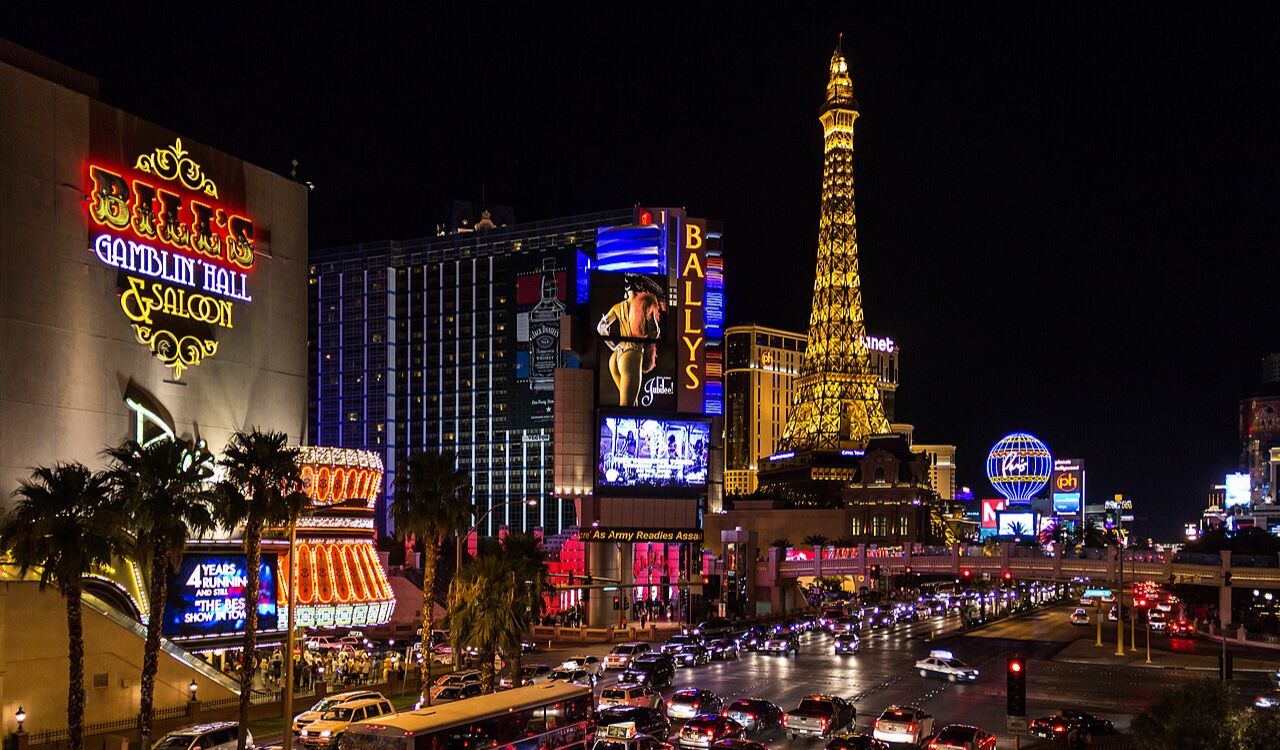
Nevada takes second place due to both tourism and lifestyle habits. Residents spend roughly 21.8 percent of their food budgets on fast food, the highest figure among all states. The influx of tourists, especially in Las Vegas and Reno, keeps drive-throughs and 24-hour chains thriving. While Nevada does not have the most fast food outlets per capita, the frequency of purchases boosts its ranking. Visitors looking for quick, affordable meals contribute significantly, but locals also depend on fast food for convenience in a state that never seems to slow down.
3. Illinois

Illinois ranks third, with approximately 20.5 percent of total food spending devoted to fast food and around 84 fast food restaurants per 100,000 residents. Chicago’s dense population, commuting culture, and vibrant late-night scene all contribute to the state’s high consumption. Suburban areas mirror this trend, relying on fast food for speed and affordability. While Illinois does not lead in any one category, its consistently high scores across spending, density, and restaurant share make it one of the most balanced fast-food-loving states in the country.
4. New York
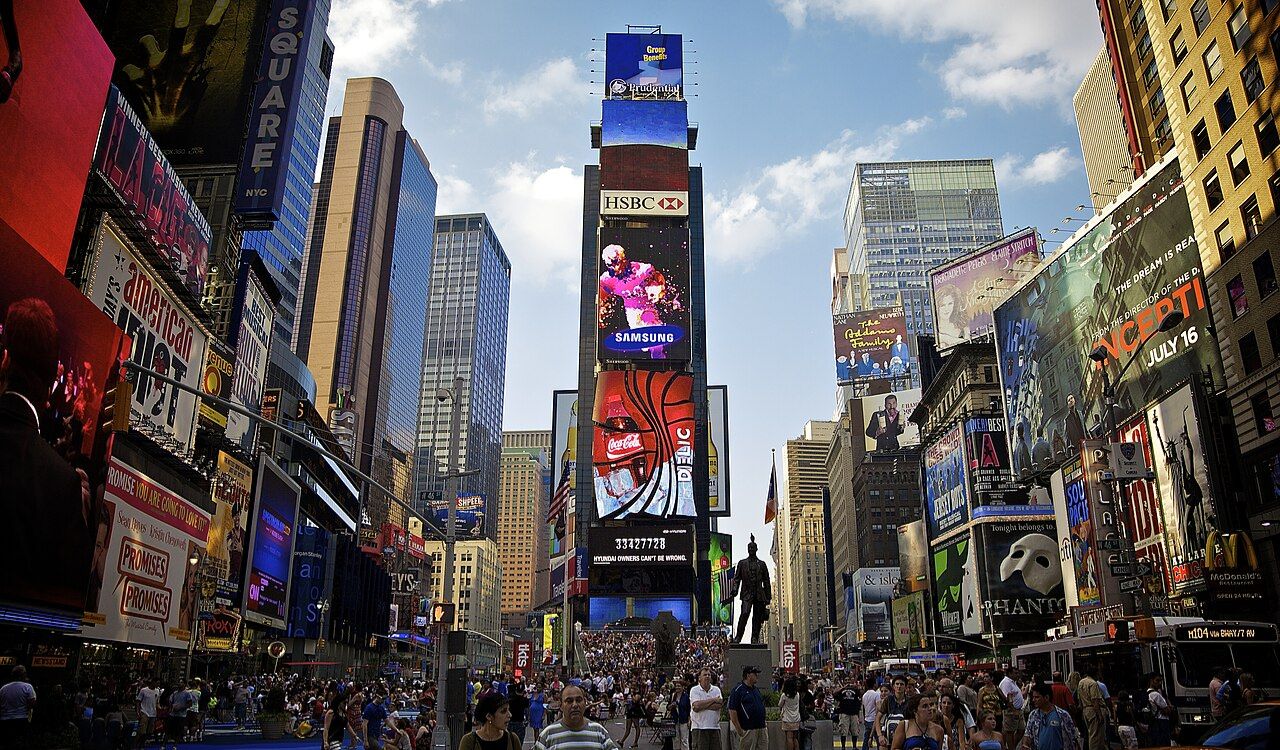
New York sits in fourth place, supported by its massive population and high restaurant density. The state averages 90 fast food restaurants per 100,000 residents, one of the highest rates nationwide, and fast food accounts for about 20.7 percent of total food spending. With millions of commuters and tourists, New York’s demand for quick meals never stops. From city bodegas serving fast bites to national chains offering takeout at all hours, convenience fuels the state’s fast food reliance. The combination of scale, pace, and access pushes it toward the top.
5. Hawaii
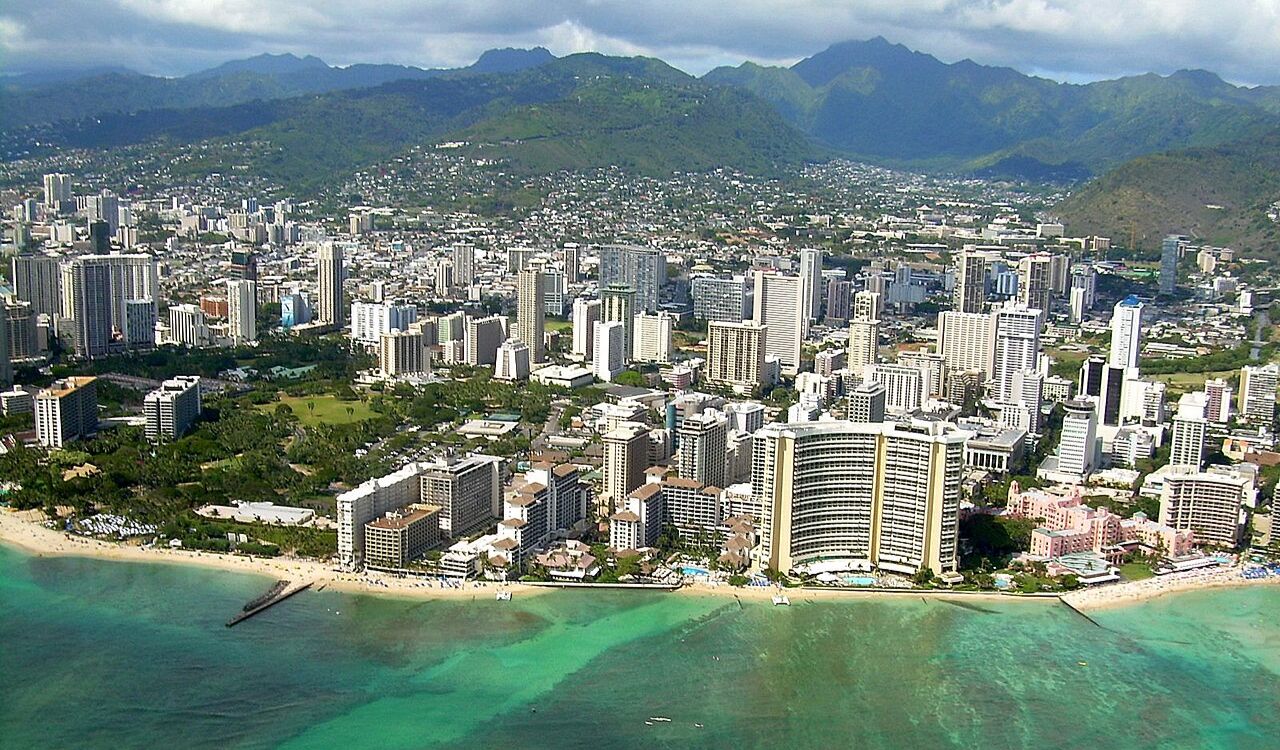
Hawaii ranks fifth overall but leads the nation in per-capita fast food availability, with around 95 restaurants per 100,000 residents. Tourism drives much of this demand, as visitors often choose familiar chains for predictable and quick meals. Locals also frequent fast food outlets due to the high cost of groceries, which makes prepared meals relatively affordable. The islands’ compact geography and strong tourist economy mean chains cluster in busy areas, creating one of the most concentrated fast food markets in the country.
6. California
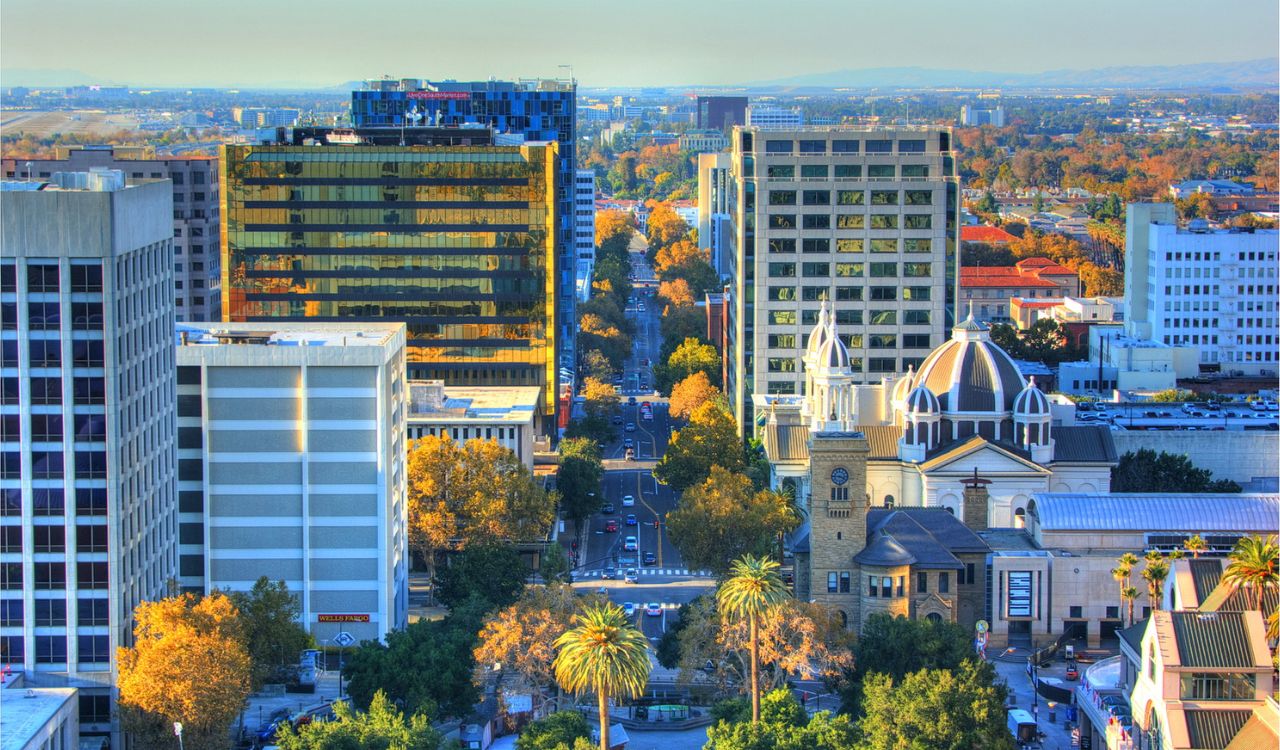
California ranks sixth, powered by its size, car culture, and diverse population. The state does not lead in fast food density, but its sheer scale makes it a major contributor to national consumption. Suburban sprawl and heavy commuting patterns encourage drive-through dining, while affordability keeps chains competitive against pricier restaurants. California’s fast food industry benefits from tourism as well as everyday demand, making it both an economic and cultural powerhouse in the quick-service category. Even with a strong health-food culture, fast food remains deeply ingrained.
7. Ohio

Ohio ranks seventh, supported by about 82 fast food restaurants per 100,000 people and steady sales across its major cities and small towns. The state’s mix of suburban living and long commutes makes quick dining a practical solution for families and workers. While Ohio’s food budget share for fast food is lower than coastal states, its strong chain presence across the Midwest ensures consistent demand. Regional chains such as Wendy’s, which originated here, contribute to the state’s deep fast food culture and its placement within the top ten.
8. Massachusetts

Massachusetts lands in eighth place, where roughly 20.4 percent of total food spending goes toward fast food. Boston’s urban workforce and nearby college towns create high demand for fast, affordable meals. While the number of fast food outlets per capita is slightly lower than in southern and midwestern states, spending data shows Massachusetts residents dine out frequently. Busy schedules, commuting lifestyles, and dense urban areas all play a role in making fast food a dependable part of daily life for many residents.
9. New Mexico
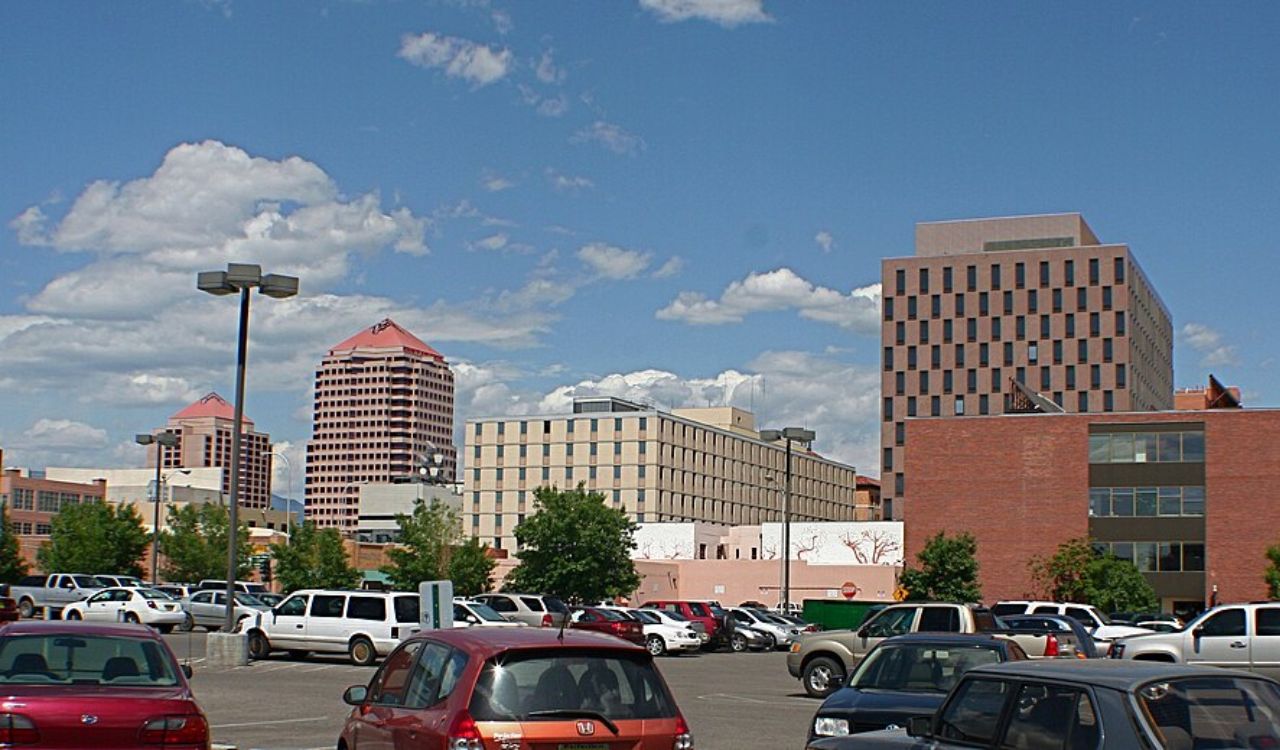
New Mexico ranks ninth with an estimated 42 percent of its restaurants falling into the fast food category. Many communities have limited full-service dining, so quick-service chains fill that gap. The state’s highway network also boosts sales from travelers and commuters passing through. While its overall restaurant density is below the national average, the proportion of fast food outlets is among the highest. For New Mexico residents, affordability and accessibility make fast food a regular dining choice rather than an occasional treat.
10. Oklahoma

Oklahoma completes the list in tenth place. The state scores moderately across all major indicators but performs especially well in restaurant density. With a mix of urban centers like Tulsa and Oklahoma City and expansive rural areas, fast food provides both convenience and consistency. Residents rely heavily on drive-through options for quick meals, especially during travel or long work commutes. Oklahoma’s steady scores across spending, density, and availability make it a classic example of America’s enduring love affair with fast food.
11. Kentucky
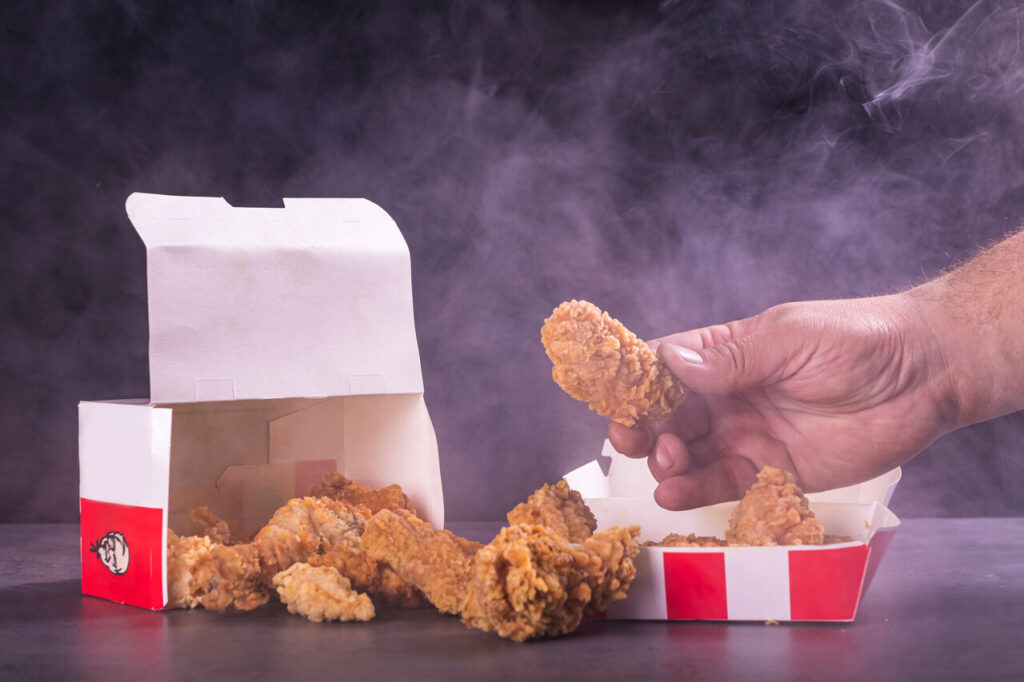
Kentucky ranks high in fast-food consumption because access is nearly unavoidable. The state has one of the highest densities of fast-food restaurants per capita, making drive-thru stops a normal part of daily life, especially in smaller towns where quick-service chains often outnumber local eateries. Convenience plays a major role, but so does cost, since fast food offers predictable pricing and quick meals for families on tight schedules. Add Kentucky’s historic ties to major fast-food brands, and the habit becomes even more ingrained, shaping how many residents eat week to week.


